10 Anxiety Symptoms in Children that Most Parents Miss
Anxiety symptoms in children can start showing at an early age. Sometimes they are more obvious, and other times they might be more subtle or show in surprising ways. Here are 10 examples of anxiety symptoms in kids that you may not easily spot.
“My kid might have anxiety???”
This is the response 90% of parents have when they find themselves sitting on the couch in my therapy office seeking to gain insight into their child’s confusing and challenging behaviors.
Often they have viewed and approached their child’s mystifying actions through a behavioral lens, with a good dose of rewards, consequences and sticker charts, only to find that the behaviors not only stick around but intensify.
⭐️Free 9-page Expert Master guide⭐️>> 5 Secrets to MORE cooperation and LESS conflict with your strong-willed child (Click here to grab)

It’s more than understandable that parents don’t catch on to anxiety symptoms in children, given the image most of us create when picturing a child living with excessive stress and worry.
Close your eyes and do your best to conjure up a quick visual of an anxious child. Does it look something like a rainboot-clad preschooler hiding behind their mom’s leg on the first day of school?
Anxiety symptoms in children are not that straightforward
Parents are often surprised when I explain how their child’s ‘misbehaviors’ can be more accurately described as ‘distressed behaviors’.
This is due to the way our nervous system responds when under stress. A child whose brain is in fight or flight looks a whole lot like a defiant child who won’t listen.
When our brain perceives we’re under threat our body reacts in the same way as if we were truly in danger.
This is anxiety.
Our amygdala (brain’s emotion center) is protecting us (as nature intended) through powerful survival instincts. However, when possible variables such as genetics, environment, physical health conditions, and temperament, create the conditions for an overactive amygdala, our brain struggles to discriminate real danger from perceived danger.
When our amygdala begins to work too hard and kick our nervous system into its stress response too often, we see survival instinct-type behaviors in our kids.
Here are 10 anxiety symptoms in children that commonly baffle parents but are indicative of our bodies fight-flight-freeze response (and are proven by science).
10 Surprising Anxiety Symptoms in Children
1. Anger/Hostility
Hands down, this is the one that most commonly throws parents off, even though when you think about it, it makes total sense. How do you react when living in a chronic state of anxiety and overwhelm? Very likely, you are more emotionally reactive.
When our brain’s emotion center is over-activated (which is what happens with anxiety) a child is more inclined to be irritable and reactive as all emotions are working in overdrive.
Related read > Anger Management for Kids: A Therapist’s No Fail Guide to Calm
2. Excessive Questioning
“Mom how many minutes until we get there?” Every kid asks these questions. Not every kid asks 25 times (yes, literally 25 times) during an hour-long road trip. Not knowing what to expect is highly uncomfortable for kids with anxiety and one way they can cope is by seeking information excessively.
3. Seeking Validation
“Do you think I’ll make friends at soccer?” “Do you still think I’m a good kid, Dad?” “Are you sure I won’t miss you at camp?” Anxiety has the tendency to make us think and feel as if there’s something wrong with us.
The excessive seeking of reassurance is a common symptom of generalized anxiety as well as a more specific form of anxiety, Obsessive Compulsive Disorder (OCD). The obsessions are uncomfortable reoccurring anxious thoughts, and the compulsion is any behavior, including asking questions, with the end goal of seeking reassurance to try to find relief.
Check out >> 75 Calm Down Strategies for Kids (they’ll want to try!)

4. Physical Symptoms
When your brain triggers a fight or flight response a number of physiological changes are set off in the body. It’s actually pretty awesome how our amazing human brain’s and bodies work together to protect us!
Just one small example of many is the ‘butterfly effect’, or when our digestive system temporarily slows down in an effort to conserve energy and send more blood to the brain (to aid in survival instincts). This is precisely why so many children report having a stomach ache when they are anxious or worried.
Related>> 5 Ways to Lower Your Child’s Anxiety Today
5. Avoidance
Have you ever avoided paying the bills or having that uncomfortable conversation with your boss for days or even weeks on end? Children with anxiety utilize avoidance as a coping mechanism but in a more blatant way that can look like defiance or oppositional behavior. Three of the most common examples I hear in my therapy office are,
“I’m not doing that!”
“You can’t make me, you’re not the boss of me”
“No matter what you say I won’t do it”
When children are digging in this hard to assert a sense of control, it’s because internally they feel very out of control which can be a by-product of anxiety.
::::::: Want practical tools to help your child cope with worries and other big emotions? Get my ‘Calm Kids Set’ for 40% off for a limited time.
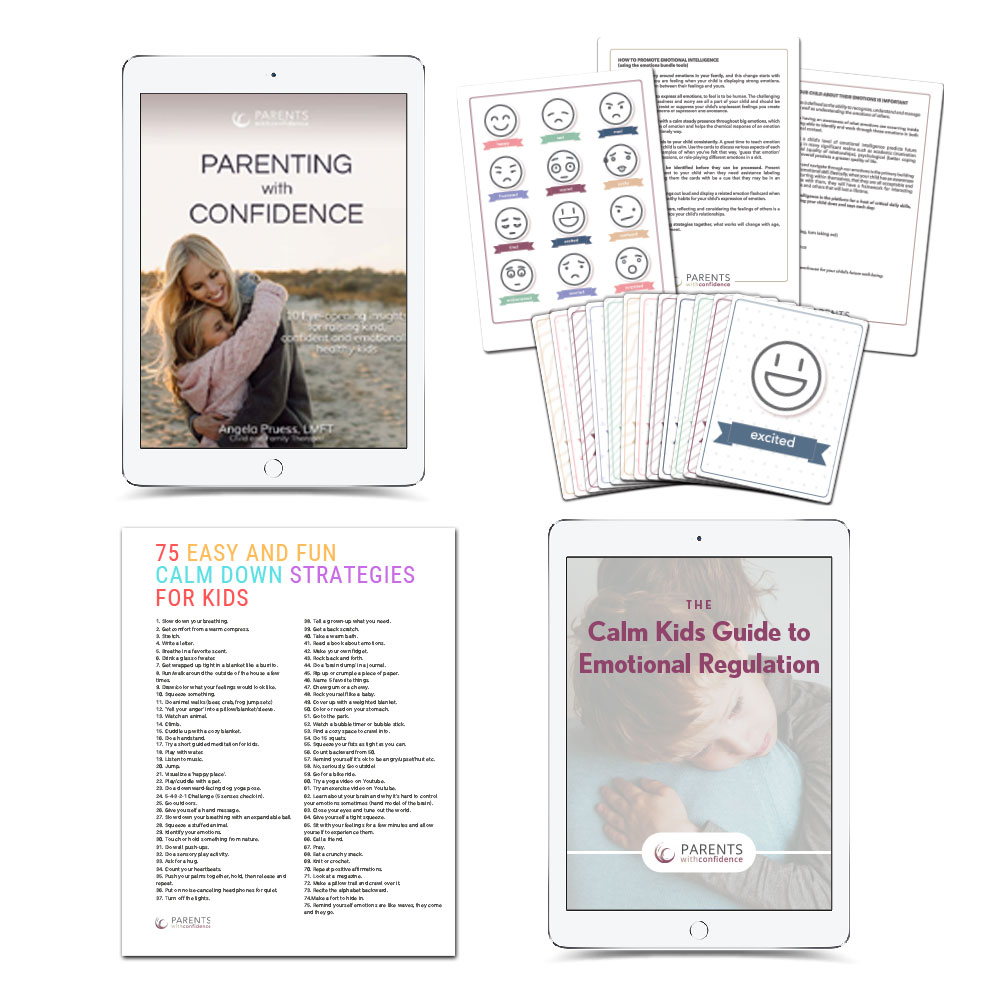
6. Struggling to Fall Asleep
Anxious thoughts love to visit when our minds are quiet and the hustle and bustle of the day are no longer there to distract us. These thoughts make it difficult to physically and mentally relax in order for healthy sleep responses to occur.
Night waking is also common when our brains are functioning out of a state of anxiety and are more hypervigilant to any external or internal stimuli such as a noise from the hallway or a scary dream.
>>Need help for your child’s anxiety? I recommend courses from my colleague who specializes with childhood anxiety, Natasha Daniels
7. Trouble with Focus
Living under a heightened state of stress puts a child’s brain on continual ‘survival mode’, meaning the emotion center of the brain is continually over-activated. When a child’s amygdala is working in overdrive their ‘thinking brain’ (located in the frontal lobe) automatically becomes less accessible.
This is why anxiety makes everyday executive functioning endeavors such as sustaining focus, impulse control and staying organized exponentially more difficult.
8. Heightened Emotions
Tears start flowing seemingly out of the blue when your child is in the midst of the nighttime routine or packing their backpack for school in the morning.
A brain operating in emotional overdrive will need a release for all emotions including sadness, and this release often comes when your child is triggered by common environmental challenges such as not getting something they want, a minor disagreement with a sibling/friend etc. or having to transition from one activity to another.

9. Running Away/Hiding
“My child doesn’t listen. She runs under her bed at home when it’s time to go to bed and has even started to hide under her a table at school when she doesn’t like what they’re doing.”
Running away is simply the ‘flight’ part of fight or flight. When your child feels overwhelmed, her brain is triggered her to physically escape the situation as a means for survival.
Related>> 100 Everyday Ways to Strengthen your Child’s Mental Health
10. Clinginess
“I want to stay with you and not go to school”. Having a caregiver nearby to offer physical comfort and reassurance provides a temporary band-aid for a child’s anxiety symptoms. The thought of being ‘on their own’ at school may leave a child feeling uncomfortable and overwhelmed and the reduced ability to use their rational brain to reason, often times leaves them unable to pinpoint exactly ‘why’ they don’t want to go.
A child’s behaviors communicates their needs
It is so darn easy to see shutting down or acting out behaviors as intentional choices on a child’s part and not what they truly are, anxiety symptoms in children. When parents better understand the neurological mechanisms that drive anxiety it becomes clear that what they are dealing with is not a behavioral issue, but very real symptoms of anxiety.
Every child displays some of these behaviors as part of typical development. The difference between typical childhood behaviors and behaviors due to a treatable anxiety condition is that the daily functioning of a child living with anxiety is being negatively impacted in multiple environments more days than not- for an extended period of time. If you feel your child may have anxiety, know that it is a highly treatable and very common condition with the adequate provision of research indicated supports and treatments.
As Karen Young from Hey Sigmund writes so beautifully, “Anxiety is the work of a strong, healthy brain that’s a little overprotective.”
Other helpful resources:
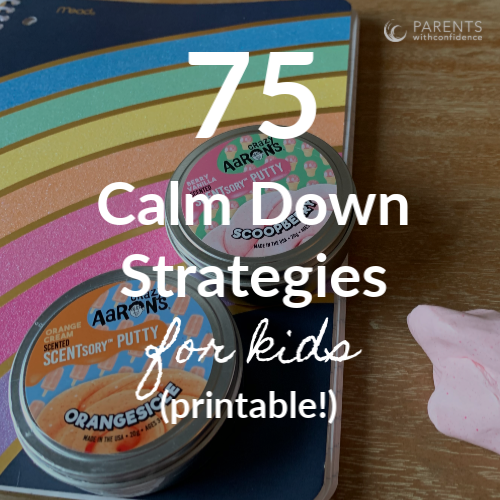
If you have a child who experiences anxiety, check out Karen’s amazing book ‘Hey Warrior’ that teaches kids through beautiful words and imagery about anxiety and how to find relief.
This post was originally published 10/18/2018 and has been updated.
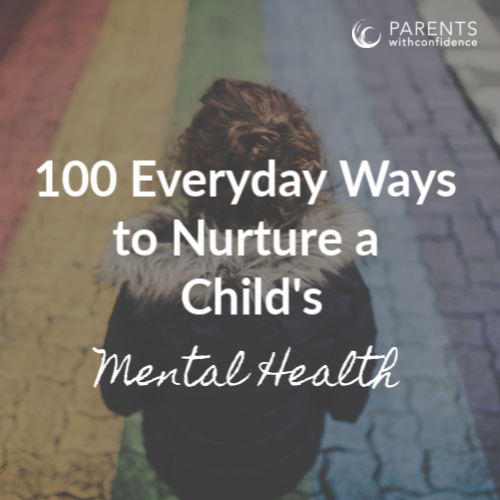



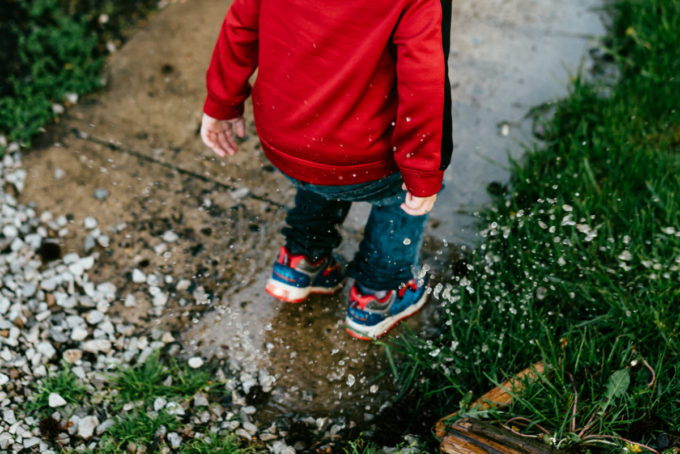
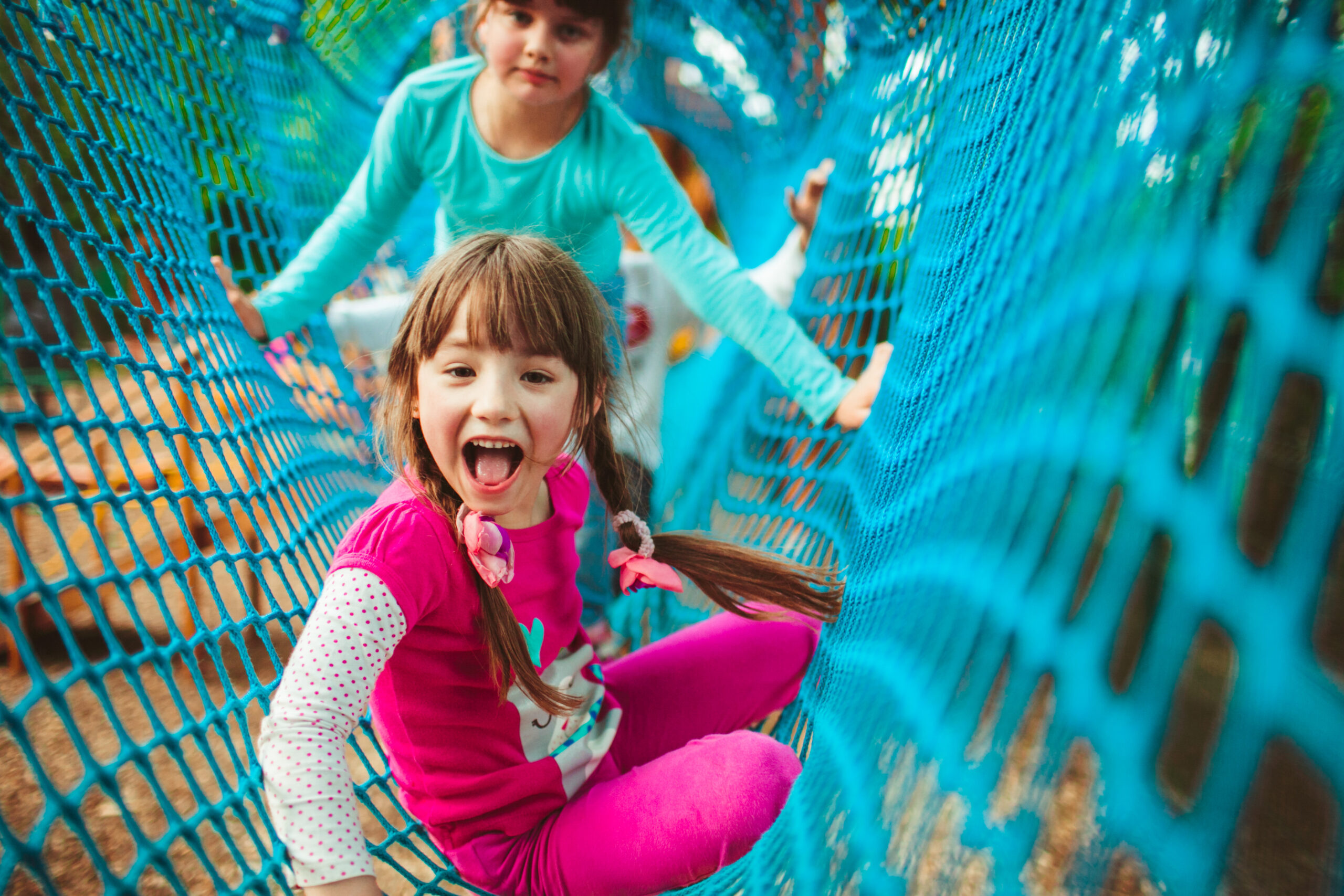


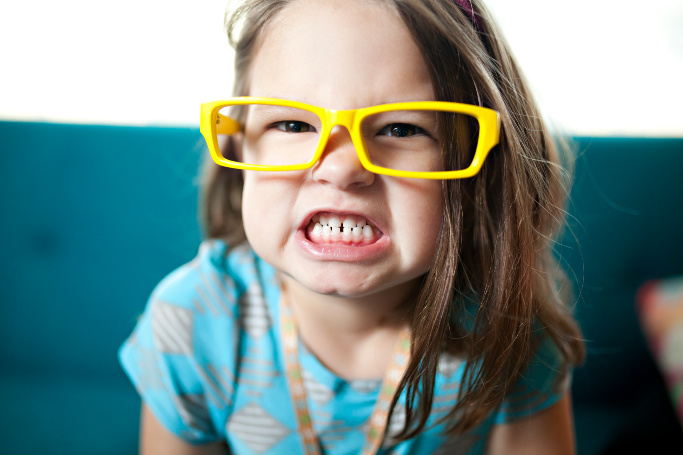
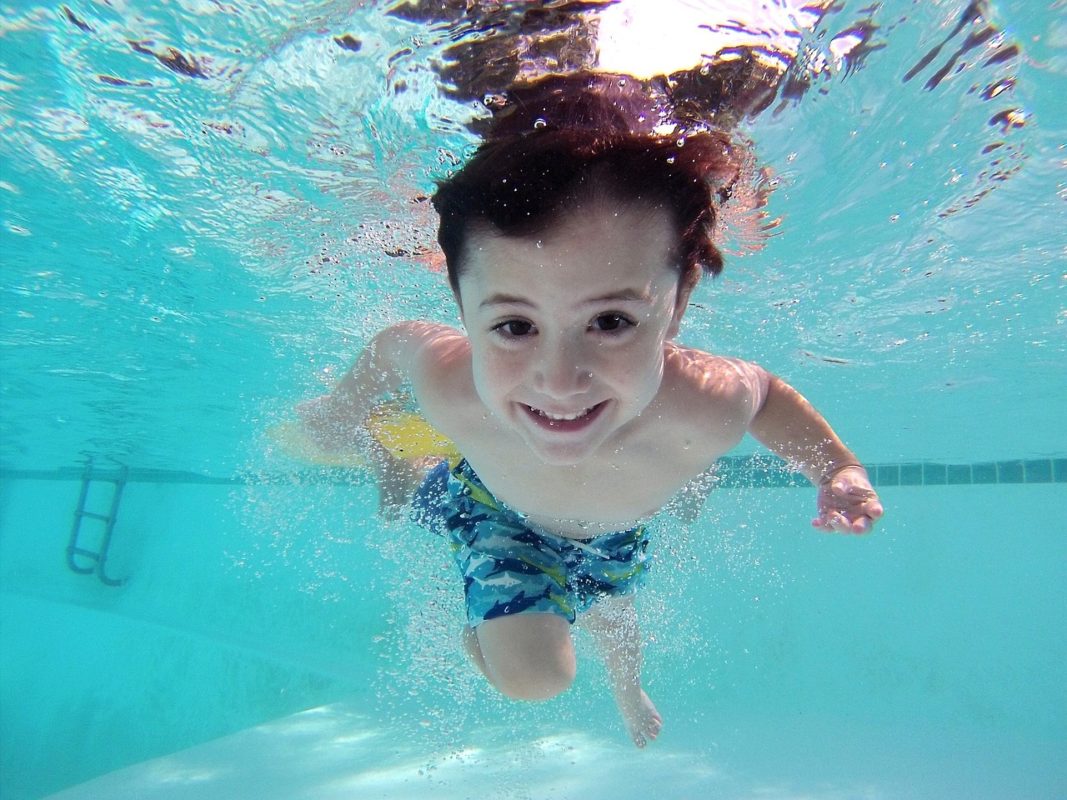
Really interesting read, thank you. My son’s high school (he’s 12) keeps pinning his outbursts on behavioural issues but he’d always been a good boy and I could see him getting more frustrated. I have since signed him up to start programmes to help with anxiety, talking about emotions etc and yoga (but we cant get in til new year) and got him an appointed pastoral staff member with access at any point in the school day. He’s already much calmer knowing he can express himself and take time out when he needs to at school.
I think teachers need to register organise that they are not just being naughty but have genuine anxiety with the pressures heaped on them at school these days.
Yes, more schools are catching on to the idea that behavior is communication but changing big institutions takes lots of time:/. Sounds like you have many amazing supports for your son and so glad to hear you are already seeing some progress and relief for him.
I totally understand as I suffer from panic attacks which started when I was a child. Please help you child. No stigma. No denial from parents. Help your children now with coping skills. Remember parents stop blaming yourselves it is how ones brain is wired.
What can I do to help my 8 year old daughter with anxiety? She has it really bad I think. She struggling with sleep, always mean to me and always saying I don’t care.
I would recommend bringing her to see a mental health therapist/counselor who specializes with children. There are also several resources linked in this article.
Take care,
I think it’s also important to look at what environmental factors might be triggering a hyper-active fight-or-flight response. Bullying by a sibling or a parent who is neglectful or not present in a child’s life, for instance. Particularly when a child’s emotions are overwhelming because a parent doesn’t have the time or the means to allow and accept their expression. In such an environment, a child’s world can quickly become seemingly ‘unsafe’.
I sure hope medication is not a means of treatment for a child’s anxiety. More often than not, I feel it’s a condition that points to an imbalance in the home environment. If a parent deals with anxiety, highly sensitive children can pick up on it and sense that there is reason to feel unsafe. Overall, this society does not support highly sensitive children. It is recognized as irregular and in need of fixing. More often than not, it is the parents who lack the time, patience and skills to accept and support these children for who/how they are. Such a sad reality.
Thanks for sharing your thoughts. I agree that environmental factors do play in, but there is almost always a genetic predisposition that intersects with environment…which is what you’re saying with hsp’s. They are more prone to anxiety (on a biological level) and also agree that sensitive kiddos are not supported as they should be in our schools and society.
However, I’d have to disagree that ‘more often than not’ parents and environmental variables are ‘to blame’ for anxiety. As a mental health professional and a mom to kids with anxiety, attributing anxiety only to a parents choices/environment is not accurate in any way. There are many factors that play into anxiety as a condition- one almost always being a genetic predisposition. This is not speculation, but science. I think this open dialogue is a great place to point out the stigma and isolation so many parents of kids who deal with mental health challenges experience. It is an overwhelming and stressful situation to begin with and when you add others criticisms and unfounded judgements it makes the load so much heavier. As discussion and acceptance of mental health continues to grow there is still a lot of assumption and misinformation out there. Many parents of kids with mental health diagnosis’ are very intentional conscious parents doing their best to put into place strategies that research indicates help mitigate anxiety such as behavioral therapy (cognitive behavioral techniques), physical Health interventions such as diet sleep exercise, mindfulness as well as medication when needed.
Just as any health condition would, sometimes a mental health condition requires medication- everyone experiences anxiety to different degree. Some children can practice mindfulness techniques and CBT and free relief, others find themselves in a state of crisis living almost completely in an over-aroused state of fight or flight.
After a tremendously stressful year of exhausting dozens of behavioral and homeopathic interventions, we started our daughter on anxiety medication and it was life-changing. Our only regret is that we didn’t start sooner. Should it be the first resort? Certainly NOT as I am as conservative as they come with medicating children,but research indicates that the most effective approach for moderate to severe anxiety is behavioral therapy and medication (when behavioral therapy and physical interaventions such as diet, exersize ect alone aren’t effective).
Wow. Makes so much sense. I’m one of those parents, but this has been an eye opener. Thank you. My heart goes out to my poor child.
So glad this was helpful, it’s so incredibly easy to miss the signs. It really is, so focus on moving forward to support your child and remember we’re all doing the best we can with the information we have:).
I’m in my late 20s, and I’m a daughter to my mother and father. I have anxiety and I can relate to these symptoms. I have anxiety and I have anger issues. I feel as if I’ll never get better.